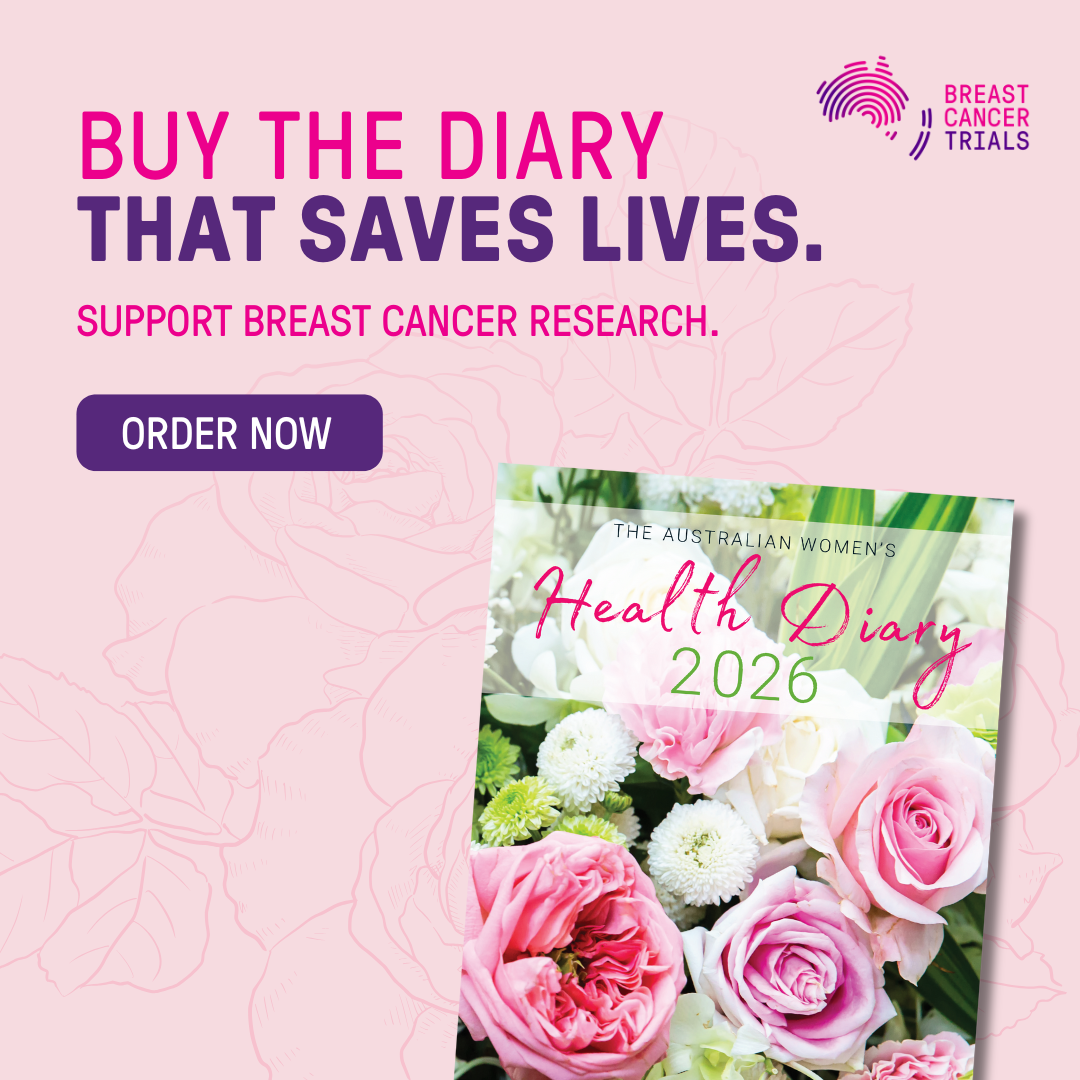I recently attended the AMA Victoria Women in Medicine dinner at Studley Park, where I was privileged to host the event together with Haley Consedine.
We listened to the voices of Dr Nisha Khot, Vice President of RANZCOG and Dr Mrin Nayagam, former Principal of an award-winning GP practice in Victoria and triple award winner for excellence in teaching at the Monash Department of General Practice.
The event was held as part of an AMA Victoria initiative to enhance the visibility of women in all aspects of medicine, emphasising the need to celebrate diversity and invest in the advancement of all women. There was a particular focus on the challenges faced by international medical graduates (IMGs) in the Australian healthcare system.

Women in medicine face many challenges when entering healthcare, as well as further barriers in attaining senior leadership positions. However, women of colour face even more challenges. We are consistently under-recognised and underrepresented.
As a woman of colour, I know all too well that we often find ourselves becoming “overachievers” for our efforts to be recognised or to be seen as leaders or trailblazers in medicine.
I had first met Dr Khot online, initially during COVID lockdowns, where we gathered in numbers to help the multicultural communities by sending relevant health messages in different languages to reach women of diverse backgrounds.
We had never met in person until Wednesday night but shared a passion of commitment to medicine, advancement of women and listening to each other’s stories.
Dr Khot embraced me when she saw me, as we shared our aspirations to lead as we pushed past barriers that were more challenging for us, as women of colour. “You do so much Nisha, it’s amazing,” I said, and she replied, “Yes, Sarah, we have to, otherwise nobody will see us.”

When I was a medical student, I remember being sent to a rural rotation, in Emergency Medicine. I was eager to learn, keen to see patients and always had a smile on my face.
On my first day, I met a Caucasian emergency physician who allocated our roles, together with my male colleague. He gave me a nickname, “Shorty,” and proceeded to only address me as “Shorty.” Whilst my male colleague was given patients to see, I was directed to making a few beds on several occasions before I was allowed to see patients.
This experience left me feeling inadequate as a woman but I kept silent, not wanting to ruffle the wrong feathers or get into trouble for being treated unfairly. I was not less qualified than my male counterpart. In fact, I had received glowing recommendations from my supervisors and passed my degree with honours. And yet due to my female physique and the allocation of roles, I was given one that seemed more in keeping with my perceived role as a woman.
When I did mention the experience with a female consultant I was told that people would take me more seriously, if I was older, had grey hair and wore glasses. I left the rotation, feeling lost in the system, unheard, my voice forgotten, because of how I was being perceived by society and from leaders within my own healthcare system.
Both Dr Khot and Dr Nayagam painted a picture of isolation they often felt, as IMGs, where they were judged, due to having a different accent, or skin colour, although they worked harder and were overqualified for the jobs they were doing both in metropolitan and rural settings of Australia.
As a woman of colour, I felt the sadness in their voices when they described events of discrimination, microaggression and disparities they faced in accessing resources when trying to transfer patients, leaving them feeling marginalised and alone. Both women pushed past these barriers, determined to feel heard. It was clear from their voices that this strength and resilience helped in their journey to be heard and recognised as leaders within medicine.
I recently held in my hand a small brown Wonder Woman toy, which I had never seen as a child, but seeing is believing. We need more women superheros of colour, like Dr Khot and Dr Nayagam, so that all women can believe that they too, can achieve.
There was a panel discussion after the speeches, where Dr Khot, together with Dr Nayagam and Dr Jill Tomlinson, President of AMA Victoria, heard the challenges faced by rural generalists, female students, and doctors who were in essence asking how to change the system to make it a better place for all of us.
The message from all three women was clear. Support the women around you, make friends with a colleague from a different background and hear their story, and do not take no for an answer. Together we must push forward to break the glass ceiling so that our patients benefit from the connection that can be gained from cultural similarities rather than differences.
As a woman of colour, I recognise the importance of intersectionality as we navigate the intersecting barriers of race, gender and socioeconomic background which impacts upon our experience and opportunities within the healthcare profession.
Our voices need to be representative of the diversity that exists amongst us in society, so that we can truly create a more inclusive and equitable healthcare system. I hope that with time there will be more women leaders of colour and that diversity among us and within us can be celebrated.


